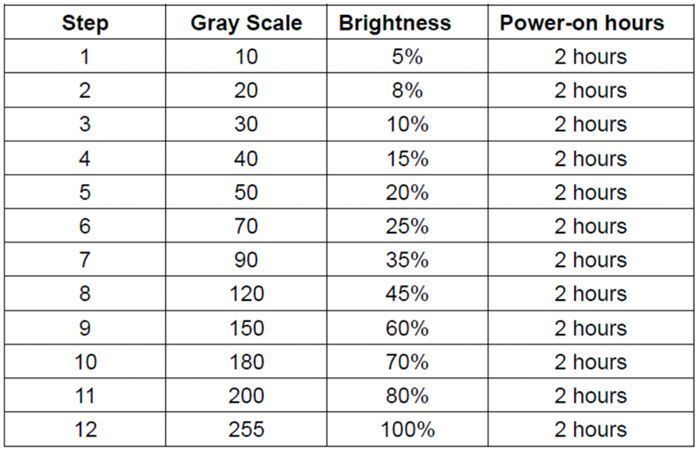
How to handle moisture in LED
ROE Visual technical blog
When an LED screen is not in use, the LEDs will start absorbing moisture from the air, no matter if it is an indoor or outdoor screen. The longer the time and the higher the humidity of the air, the more moisture will be absorbed by the LED. When the LED contains moisture, there is a risk to damage the LED when the LED heats up too aggressively.
Therefore, ROE recommends that if you have not used a screen for a prologned time and/or the screen was stored in a very humid environment, you slowly heat up the screen. In our manuals we have a 12 step recommendation for heating up the screen (and thus drying out the LED’s):
"The moisture needs time to evaporate and come out of the LED"

Basically the slower you ramp up and the longer time you spend at each step, the better. The moisture needs time to evaporate and come out of the LED. In case it is not possible to follow the above schedule, any reduced form of the above schedule is better than not doing anything at all.
One extreme example of a reduced schedule is when you would first power the screen up on site, when the wall has just been built. Don’t immediately put it at 100%, but start at a lower brightness and gradually increase it. With this recommendation we hope to have helped you keep your products healthy.
Looking for more technical information? Learn more at a the ROE Academy or read other ROE technical blogs and whitepapers. Click on the button below to downoad the blog about moisture in LED.
